‘Never change a winning team’ is a mantra you often hear in football analysis – if it ain’t broke, etc.
Reward those who have just achieved victory, the thinking goes and, in turn, you will be rewarded with consistency.
Not so for Dunfermline boss James McPake. In fact, he barely a week goes by without some alteration to his starting XI.
Then – be it to rescue a match, see out a lead or respond to opposition substitutions – he isn’t afraid to rip it up and start again if required.
These decisions are taken as a management team with assistant Dave Mackay, coach Martin Harty, chief scout Gary Montignani and goalkeeping coach Andy Collier.
The core of that group worked with McPake at Dundee and lessons learned there have been brought into their reign at KDM Group East End Park.
Shaping up
“We work on a couple of shapes and that’s something that we’ve developed into as coaches and something we quickly identified,” McPake tells Courier Sport.
“How do we make them comfortable with two shapes?
“That’s how it started: how do we make them comfortable with changing shape when needed – being proactive rather than reactive?
“We’ve got set things that we do look for in the two of three shapes.”
By this he means they fundamentally have two set-ups, a back three and a back four, and they can be tweaked within.
For example, the back three has at times been led by a lone striker with two No10s or else two strikers ahead of a No 10.
This requires tactical work on the training pitch coupled with video analysis but there is a more crucial ingredient, according to the Pars boss: buy-in from the players.
As soon as McPake and co walked in the door they instilled a winning mentality, starting with the preseason friendlies and the leisurely table tennis matches between players.
The management team makes sure every player knows their value and everyone knows they will get their chance but that there is someone waiting to take their place if they don’t perform.
Sometimes ahead of kick-off they will even have a rough idea of the substitutes they will make and when.
Nothing fancy
“It’s nothing fancy or anything unique,” adds the Pars boss. “I feel we have a strong squad and a good team ethic.
“That was the important thing: getting a real team spirit – making sure they give everything no matter how long they are on the pitch for.
“I’ve had no one chap my door to ask why they’re not playing or anything.”
The likes of Nikolay Todorov and Robbie Mahon would probably have had cases to this season given their lack of starts at times.
But the decisions are never personal and the evidence that they aren’t being taken that way was there for all to see after the recent win at the Excelsior.
What a result for the Pars today as well.
And this image says a lot: Otoo replaced Hamilton half an hour into the game and here they are at the end. https://t.co/YYmUrseQPg pic.twitter.com/ms4Kd5EIoY
— Craig Cairns (@craigcairns001) February 11, 2023
Coming back from 3-0 against Airdrie clearly helped but it was telling that those who had been replaced 30 minutes into the game were celebrating with the rest of the squad.
Showing that footage to the players is then used to keep the team spirit going.
“We show them that stuff,” says McPake. “That’s what we’re trying to build.
Are Dunfermline comeback kings? The numbers behind 7 times the Pars have fought back https://t.co/xuP7RbHLVv pic.twitter.com/9UETzepJaK
— The Courier Sport (@thecouriersport) February 21, 2023
“That’s as important as showing clips of good play or bad bits that we want to get better at – we’re all working towards the one goal.”
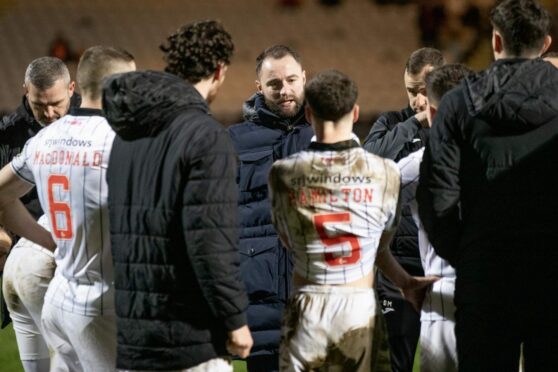
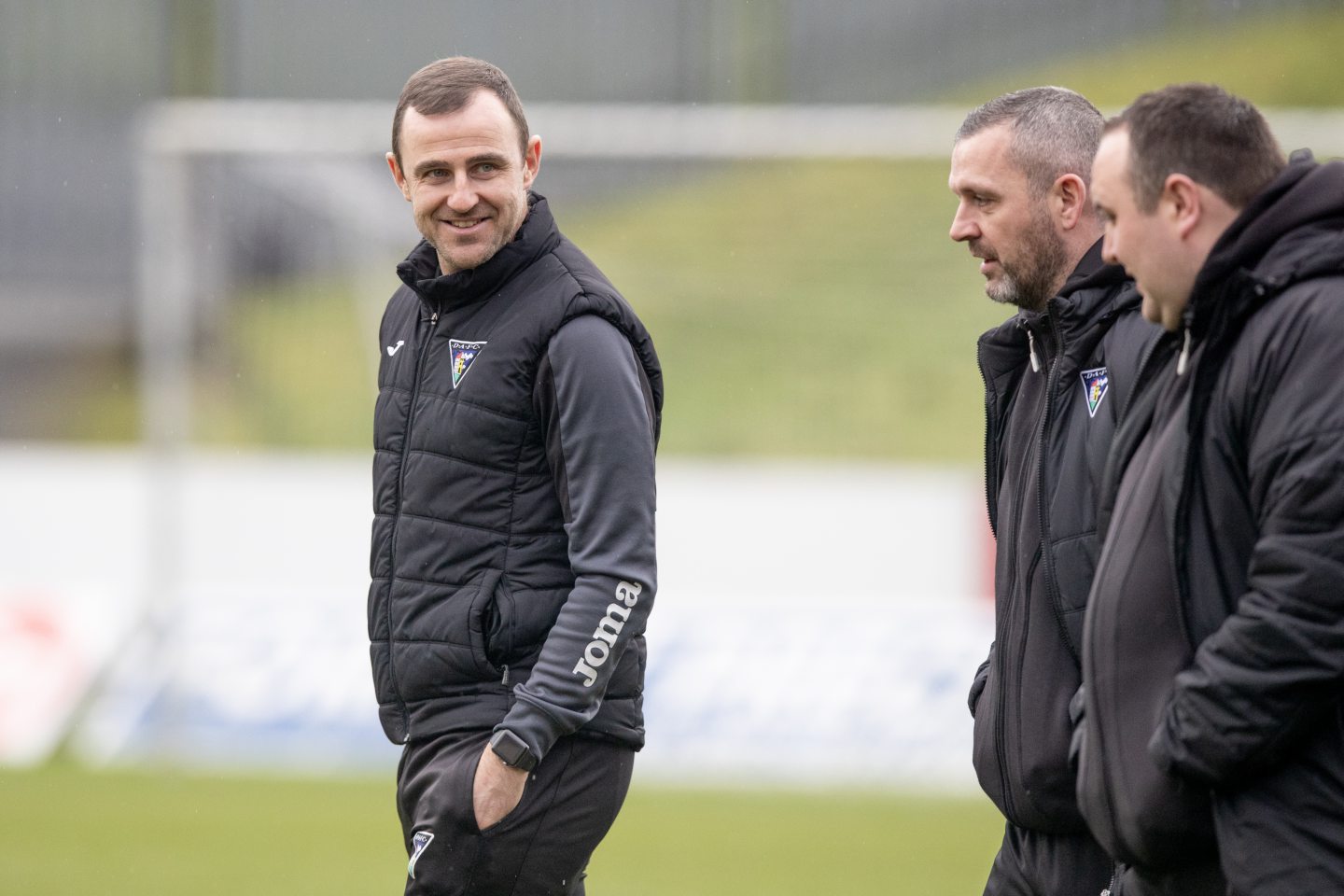
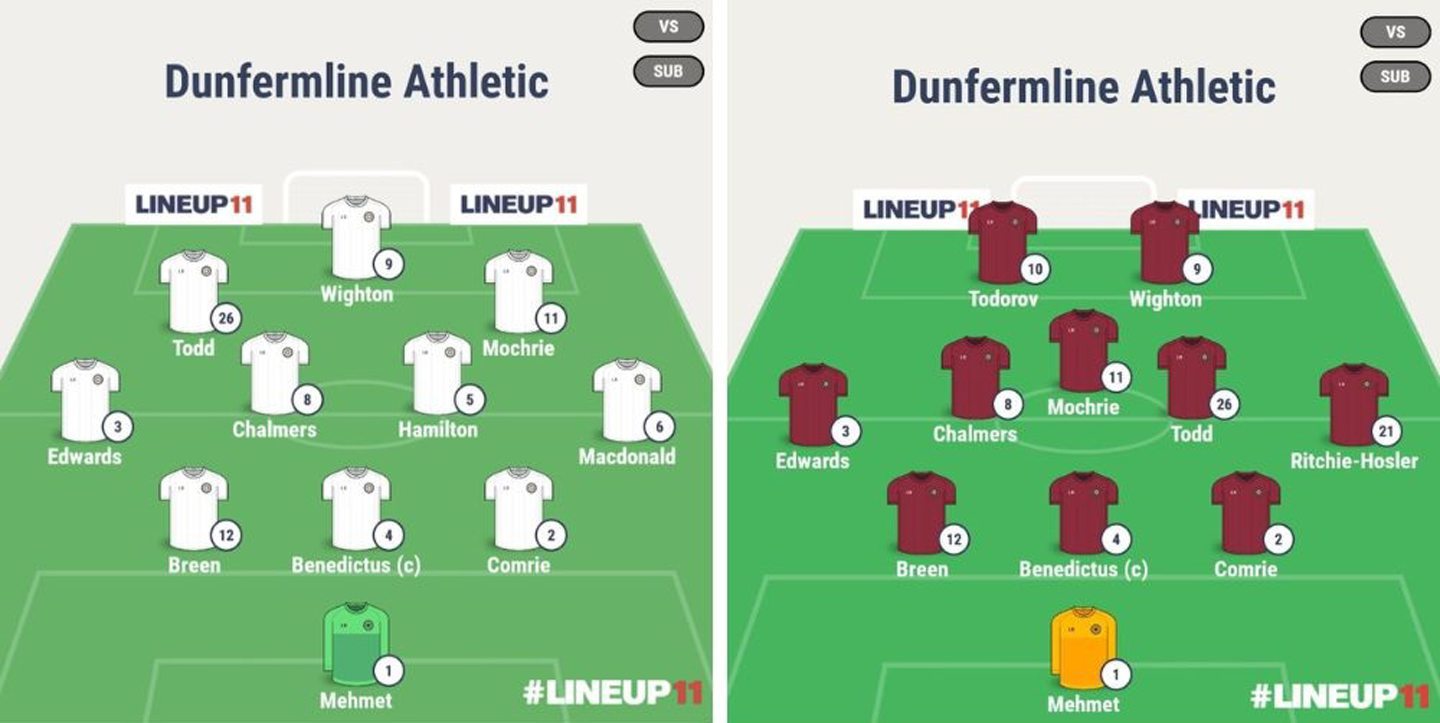
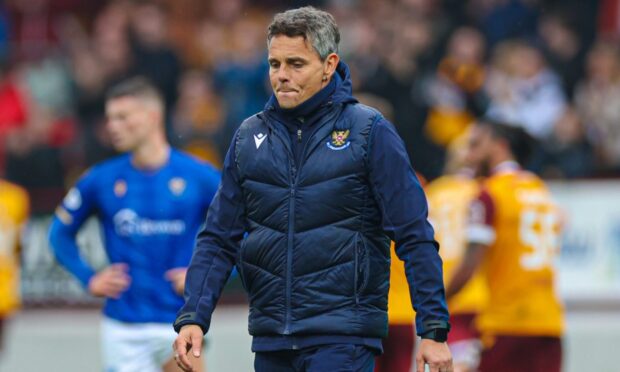
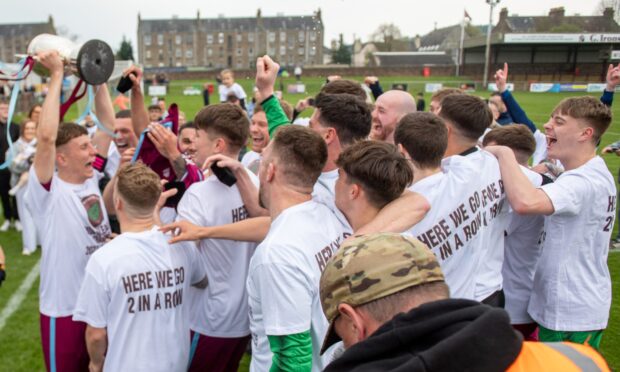
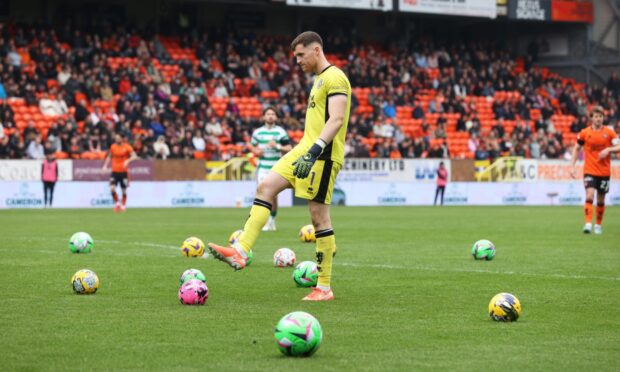
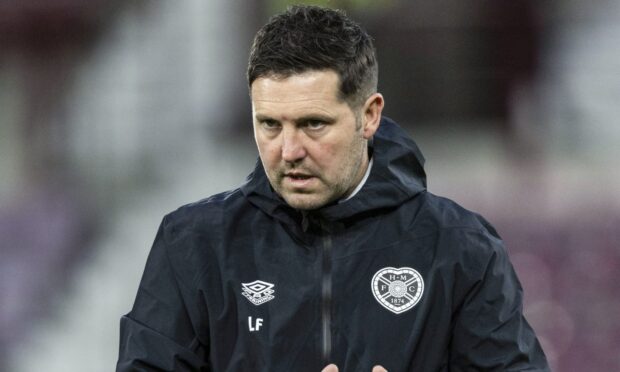
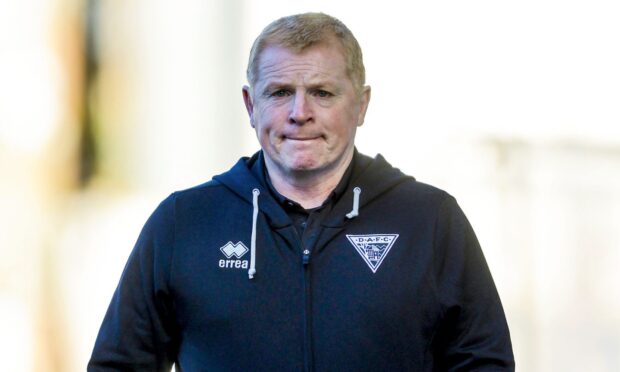
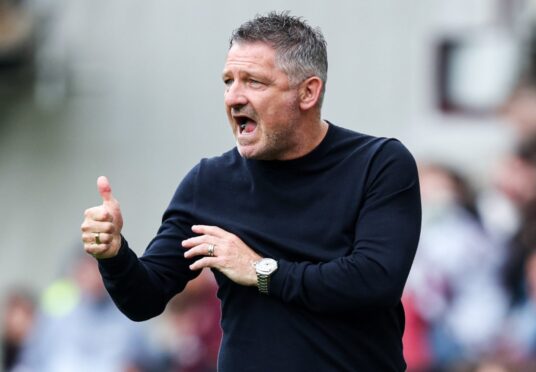
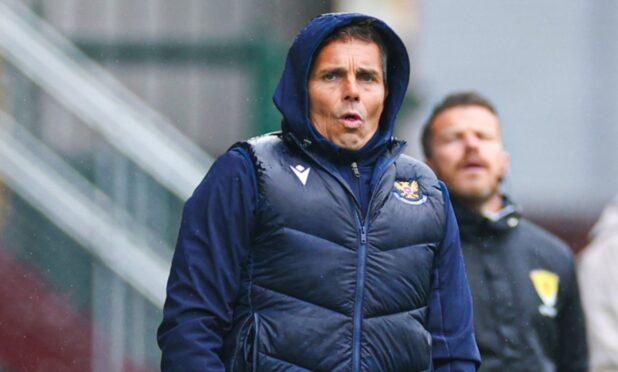
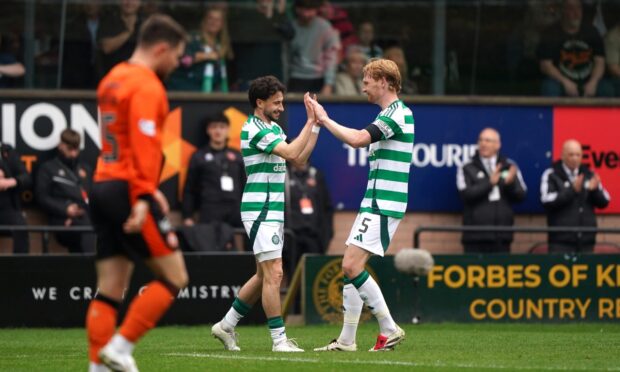
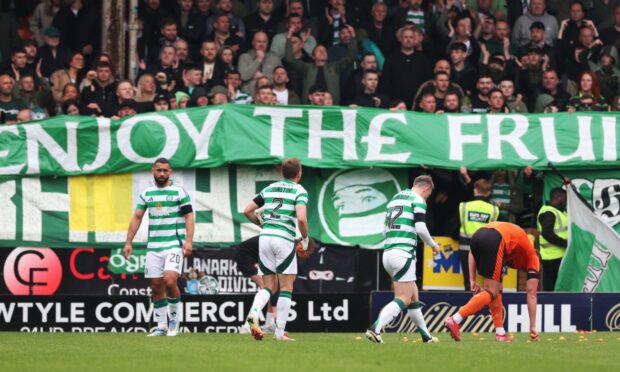
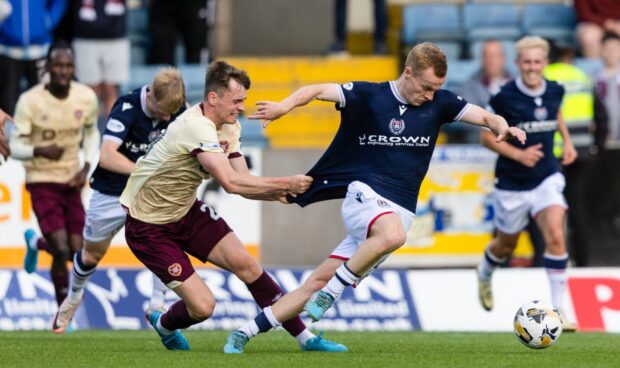
Conversation